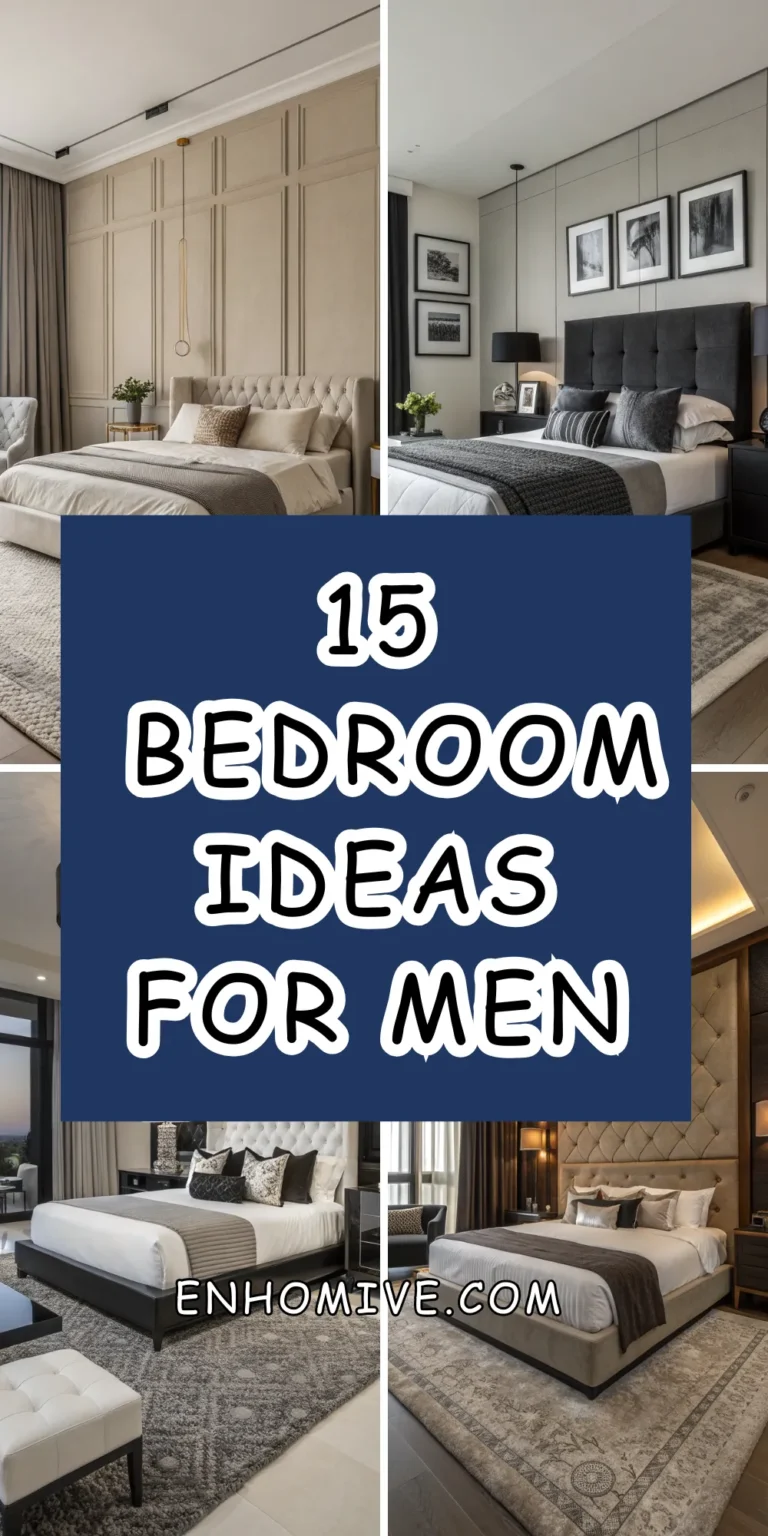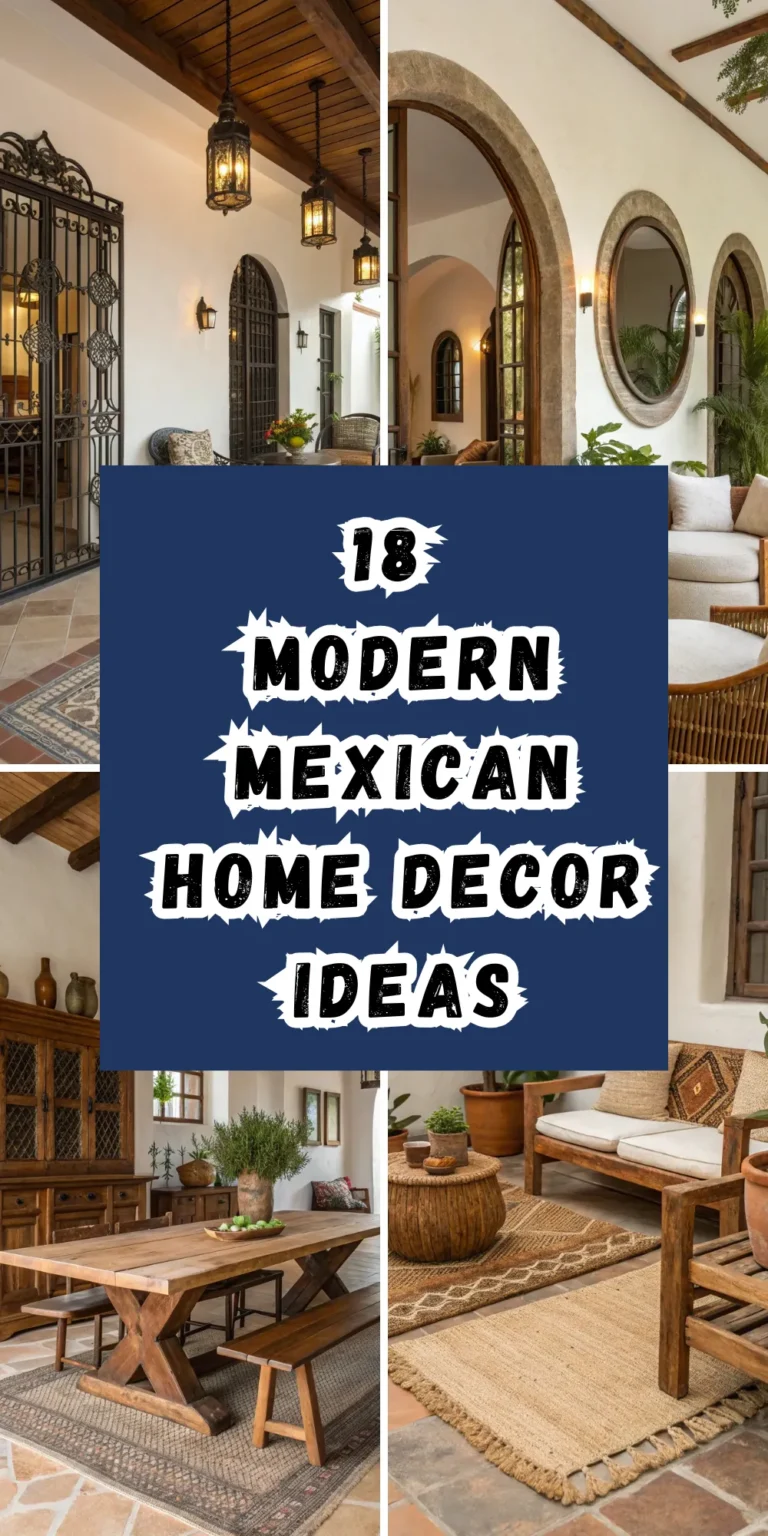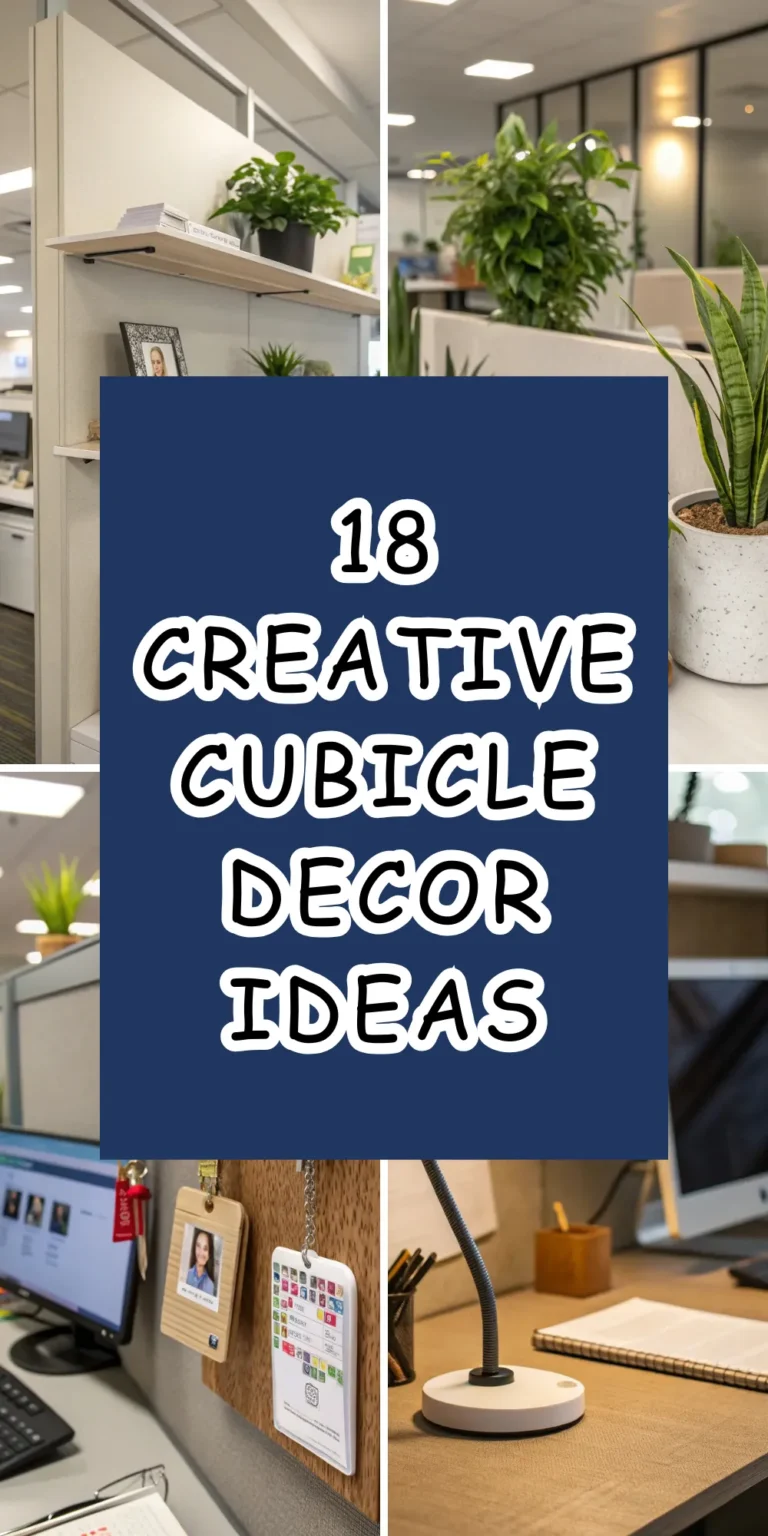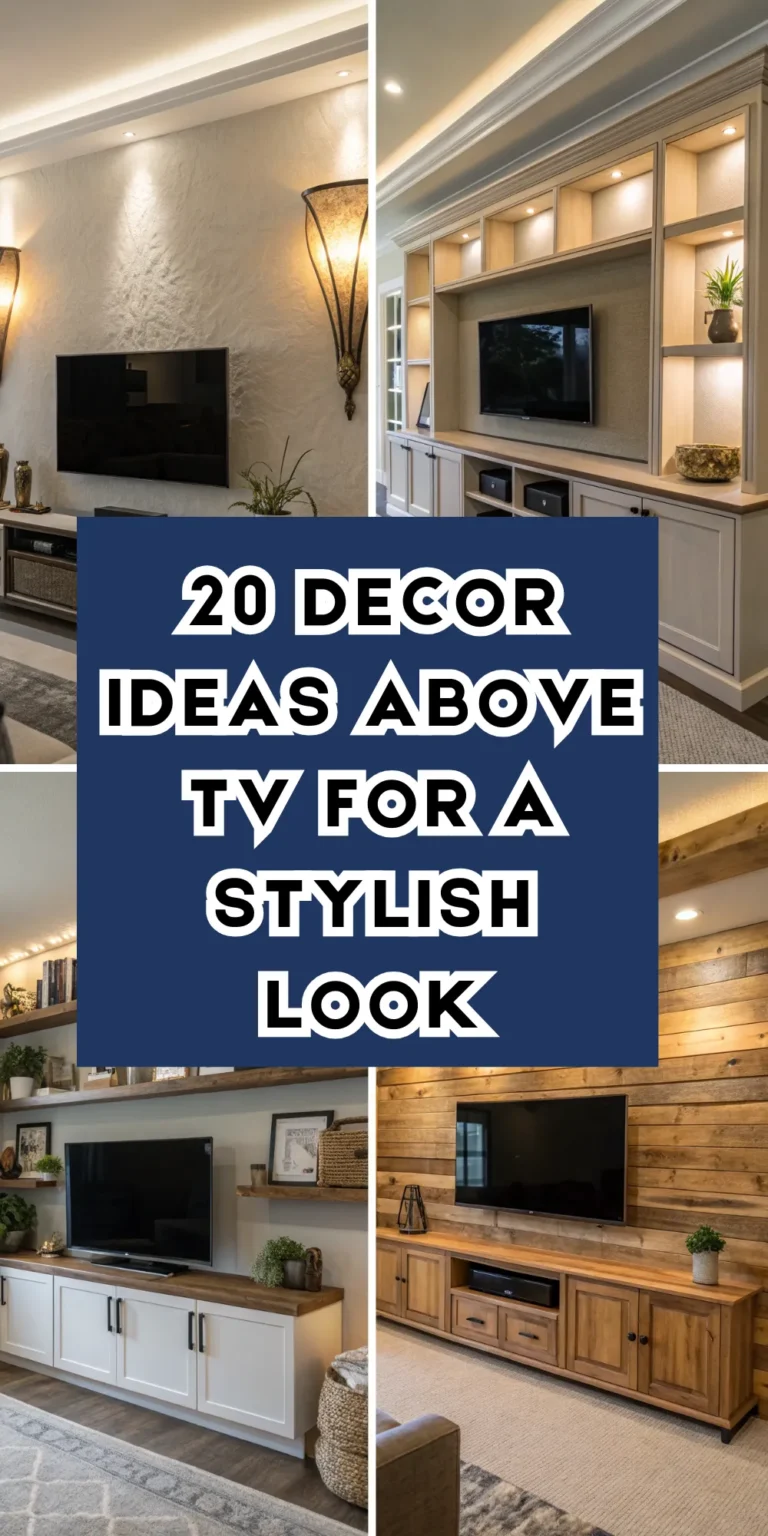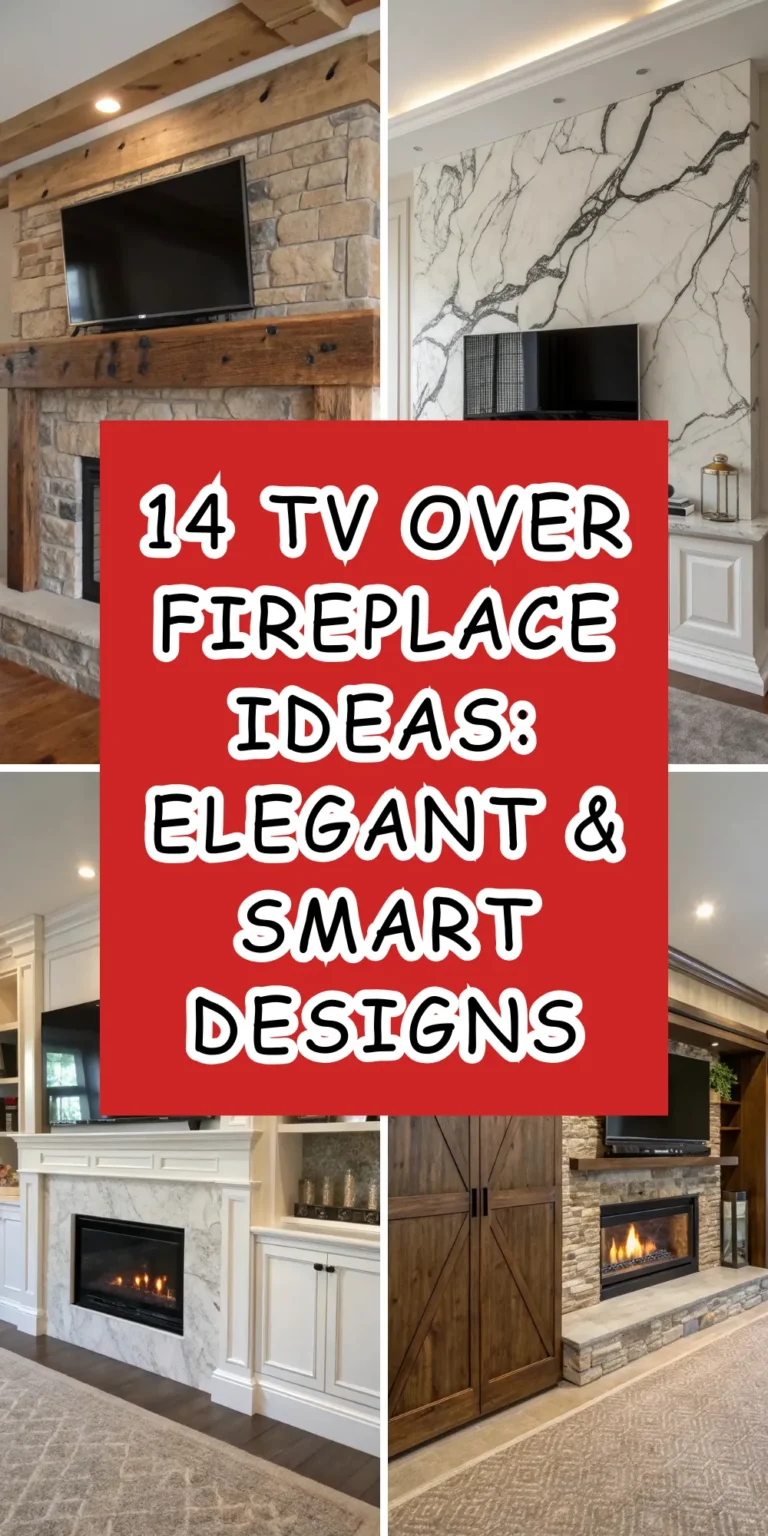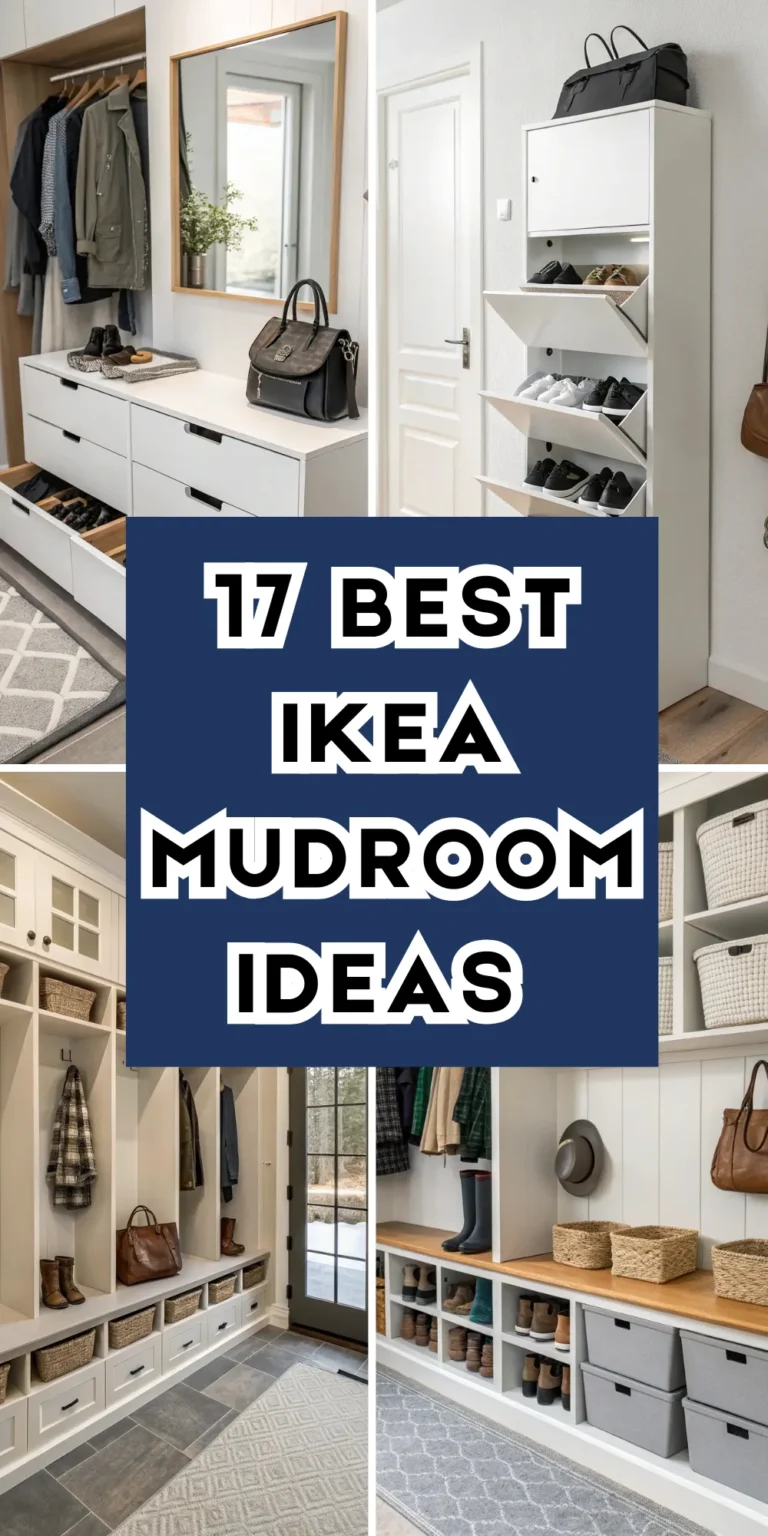14 Helpful Office-Living Room Combo Ideas for a Smart Space
Working from home shouldn’t mean sacrificing your living room to create a functional office space. Smart design lets you seamlessly blend productivity areas with relaxation zones, creating dual-purpose rooms that serve both needs beautifully.

The secret lies in choosing solutions that transition effortlessly between work mode and living mode while maintaining the comfort and style you want in your home.
Hidden Desk Solutions

Install a wall-mounted desk that folds down when you need it and disappears completely when work ends. These space-saving solutions keep your living room looking like a living room rather than a cluttered office. Choose finishes that match your existing furniture for seamless integration.
Look for desks with built-in cable management and small storage compartments that keep work essentials organized but hidden. Some models include integrated lighting or charging stations. When folded up, these desks often look like decorative wall panels or artwork.
Behind-the-Sofa Workspace

Position a console table behind your sofa to create an instant desk area. This setup uses dead space effectively while maintaining natural room flow. Choose a table height that works comfortably for both laptop work and displaying decorative items during off-hours.
Add a comfortable stool that tucks completely under the table when not in use. Good lighting becomes crucial in this setup since you’re working away from windows. Consider pendant lights or table lamps that provide adequate task lighting without overwhelming the living space.
Corner Command Center

Transform an unused corner into a compact workstation with an L-shaped desk configuration. Corner setups maximize surface area while minimizing footprint, leaving plenty of room for living room furniture and traffic flow.
Built-in shelving above the desk area provides storage for work materials and books. Choose desk materials and colors that complement your living room furniture rather than contrasting sharply. Add a comfortable office chair that doesn’t look out of place during evening relaxation time.
Room Divider Office

Use a tall bookshelf or decorative screen to separate your office area from the living space without permanent walls. This approach creates psychological separation between work and relaxation while maintaining open floor plans and natural light flow.
Choose dividers with open shelving that display books, plants, and decorative objects on the living room side while hiding office supplies on the work side. Some dividers include integrated desk surfaces or fold-out work areas for maximum functionality.
Storage Ottoman Desk

Combine seating, storage, and work surface in one piece with an ottoman that opens to reveal office supplies and includes a removable tray that functions as a laptop desk. This multipurpose approach keeps your office completely hidden when not in use.
Look for ottomans large enough to store everything you need for daily work tasks. Choose neutral colors and quality fabrics that complement your living room decor. Some designs include built-in power outlets and cable management for seamless technology integration.
Built-In Window Seat Office

Convert a window area into a dual-purpose space with built-in seating that includes desk functionality. Add cushions for comfortable reading and relaxation, then use the same surface for laptop work when needed. Natural light makes this an ideal workspace during daylight hours.
Include storage underneath the seating for both work supplies and living room items like throw blankets and books. Choose materials that handle daily transitions between office and leisure use. Consider how curtains or blinds affect both privacy and lighting for work tasks.
Convertible Coffee Table Workspace

Invest in a coffee table that adjusts height and configuration to serve as a desk when needed. Many modern designs lift, extend, or reconfigure to create comfortable work surfaces while maintaining their coffee table function for evening relaxation.
Look for tables with hidden storage compartments that keep office supplies out of sight during living room time. Choose styles that complement your existing furniture rather than looking obviously office-like. Some designs include built-in power outlets and cable management.
Armoire Office Hideaway

Repurpose a large armoire or entertainment center into a complete office that closes up completely when work ends. Remove shelves and add desk surfaces, lighting, and organization systems. This approach keeps your entire office contained and invisible during personal time.
Consider adding a small stool or chair that stores inside the armoire. Install good task lighting and ensure adequate ventilation for electronics. Choose armoires with attractive exteriors that enhance your living room decor rather than detracting from it.
Floating Shelf Workstation

Create a minimalist office with floating shelves that provide work surface and storage without taking up floor space. This approach works particularly well in small living rooms where traditional desks would overwhelm the space.
Install shelves at comfortable working height with adequate depth for laptops and writing tasks. Add small storage containers that keep supplies organized while looking intentional rather than cluttered. Consider under-shelf lighting for task illumination.
Multi-Level Console Design
Use a tiered console table that provides multiple surfaces for both work and display. Upper levels handle work tasks while lower shelves store living room essentials or decorative items. This layered approach maximizes functionality without sacrificing style.

Choose consoles with varying shelf depths to accommodate different items. Consider how the piece looks from multiple angles since it will be visible from various living room seating areas. Add baskets or containers that keep office supplies contained but accessible.
Rolling Cart Office

Create a mobile office with a rolling cart that moves wherever you need to work, then tucks away in a closet or corner when not needed. This flexibility lets you adapt your workspace to lighting conditions, family activities, or seasonal preferences.
Choose carts with multiple levels for equipment, supplies, and reference materials. Look for designs that don’t scream “office cart” when parked in your living room. Some carts include built-in power strips and cable management for technology needs.
Bench Seat Workspace

Install a long bench along one wall that serves as extra seating for guests and transforms into a desk area with the addition of a laptop or writing materials. Built-in storage underneath keeps office supplies hidden but accessible.
Choose bench heights that work comfortably for both sitting and laptop use. Consider adding back cushions that make the bench more comfortable for extended work sessions. This approach works particularly well in narrow living rooms where traditional desks won’t fit.
Nesting Table Office

Use nesting tables that separate for work tasks and stack together for living room use. The largest table serves as your main work surface while smaller tables handle peripherals, reference materials, or refreshments during long work sessions.
Choose nesting sets with different surface materials or colors to add visual interest when separated. Consider how the tables look both stacked and spread out in your living room. Some sets include one table with built-in storage or charging capabilities.
Wall-Mounted Secretary Desk

Install a vintage-inspired secretary desk that folds down for work and closes to become attractive wall decor. Modern versions update this classic concept with contemporary styling and integrated technology features while maintaining the space-saving benefits.
Choose finishes that complement your living room color scheme rather than traditional office aesthetics. Look for designs with adequate storage for daily work essentials. Some modern versions include integrated lighting or charging stations that activate when you open the desk.
Creating a successful office-living room combo comes down to choosing solutions that truly serve both functions rather than compromising either one. The best setups let you transition smoothly between productive work sessions and relaxing evening downtime without major furniture rearrangement or visual disruption.
Start with the idea that fits your space constraints and work style, then refine the details to match your living room’s personality. You’ll end up with a space that works harder while looking better than either a dedicated office or traditional living room alone.

